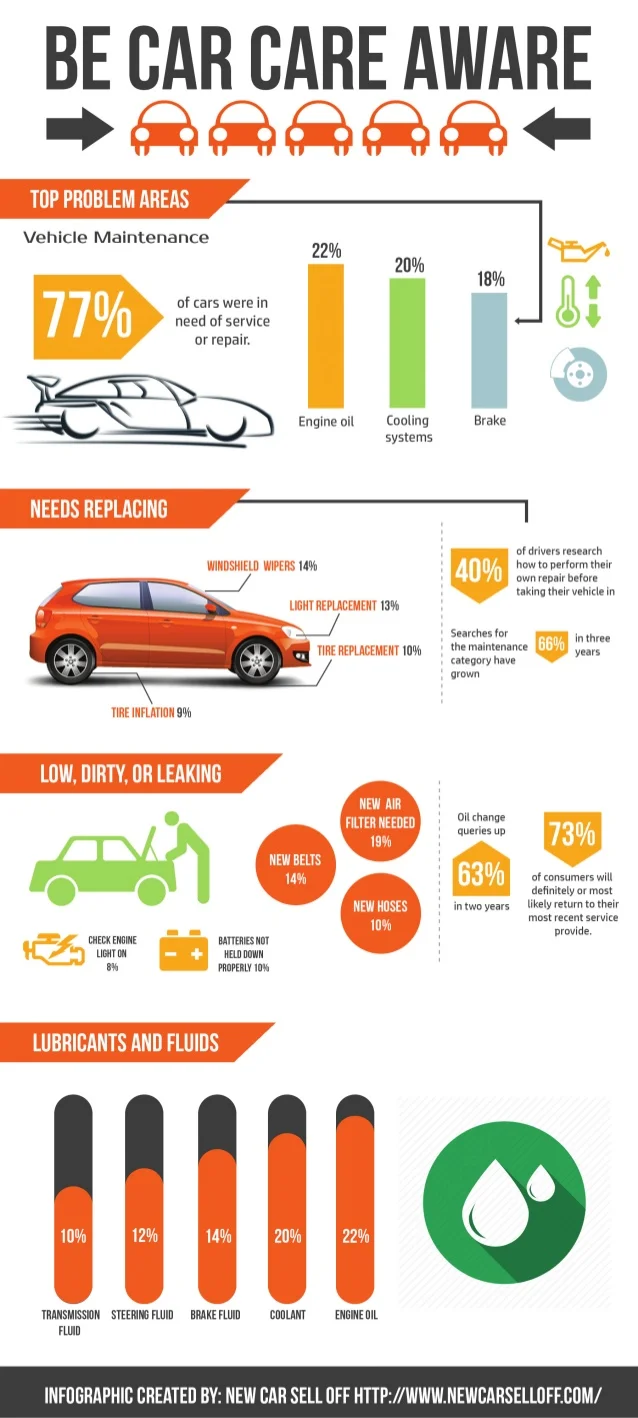Comprehending The Definition Behind Your Vehicle'S Warning Lights: An In-Depth Appearance
Comprehending The Definition Behind Your Vehicle'S Warning Lights: An In-Depth Appearance
Blog Article
Post Author-Termansen Winters
When you're behind the wheel, those glowing caution lights on your control panel can be a little bit complicated. Do you know what they're trying to tell you concerning your vehicle's health and wellness? Understanding the significance of these lights is important for your safety and the durability of your vehicle. So, the following time among those lights turns up, wouldn't you wish to decipher its message properly and take the essential actions to resolve it?
Common Warning Lighting and Interpretations
Identify usual caution lights in your auto and recognize their definitions to make sure safe driving.
The most common warning lights consist of the check engine light, which indicates issues with the engine or exhausts system. If this light comes on, it's vital to have your lorry examined quickly.
The oil stress advising light suggests reduced oil pressure, needing immediate focus to prevent engine damage.
A flashing battery light could recommend a damaged charging system, possibly leaving you stranded if not dealt with.
The tire stress tracking system (TPMS) light notifies you to reduced tire stress, influencing automobile security and gas performance. Disregarding this could cause hazardous driving problems.
The abdominal muscle light indicates an issue with the anti-lock stopping system, jeopardizing your capacity to quit quickly in emergency situations.
Finally, the coolant temperature warning light warns of engine overheating, which can result in severe damage if not fixed promptly.
Comprehending these typical caution lights will aid you resolve concerns quickly and preserve risk-free driving conditions.
Importance of Prompt Focus
Recognizing the usual warning lights in your auto is just the primary step; the value of immediately attending to these warnings can't be highlighted enough to guarantee your safety and security when driving.
When simply click the next site illuminates on your control panel, it's your auto's method of interacting a potential issue that needs attention. Neglecting https://postheaven.net/elidia07brendon/earth-friendly-car-treatment-taking-on-lasting-methods-and-products can bring about much more serious issues in the future, compromising your security and possibly costing you much more in repairs.
Motivate focus to advising lights can avoid malfunctions and accidents. For instance, a flashing check engine light could suggest a misfire that, if left unattended, can cause damages to the catalytic converter. Addressing this immediately can save you from a pricey repair work.
In a similar way, a brake system warning light could indicate reduced brake liquid or used brake pads, vital components for your security when driving.
Do It Yourself Troubleshooting Tips
If you observe a caution light on your control panel, there are a couple of DIY repairing pointers you can try before looking for professional assistance.
The primary step is to consult your vehicle's handbook to comprehend what the certain caution light indicates. In some cases the concern can be as straightforward as a loose gas cap triggering the check engine light. Tightening the gas cap may deal with the trouble.
One more typical issue is a reduced battery, which can set off numerous alerting lights. Checking the battery links for rust and guaranteeing they're secure may repair the issue.
If a caution light continues, you can try resetting it by separating the car's battery for a few mins and then reconnecting it. Furthermore, inspecting your automobile's fluid degrees, such as oil, coolant, and brake liquid, can help troubleshoot cautioning lights associated with these systems.
Final thought
In conclusion, comprehending your automobile's warning lights is necessary for keeping your vehicle running smoothly and securely. By quickly addressing these notifies and recognizing what they suggest, you can avoid costly fixings and possible malfunctions.
Bear in mind to consult your vehicle's handbook for specific information on each cautioning light and do something about it accordingly to ensure a hassle-free driving experience.
Keep informed, stay secure when traveling!
